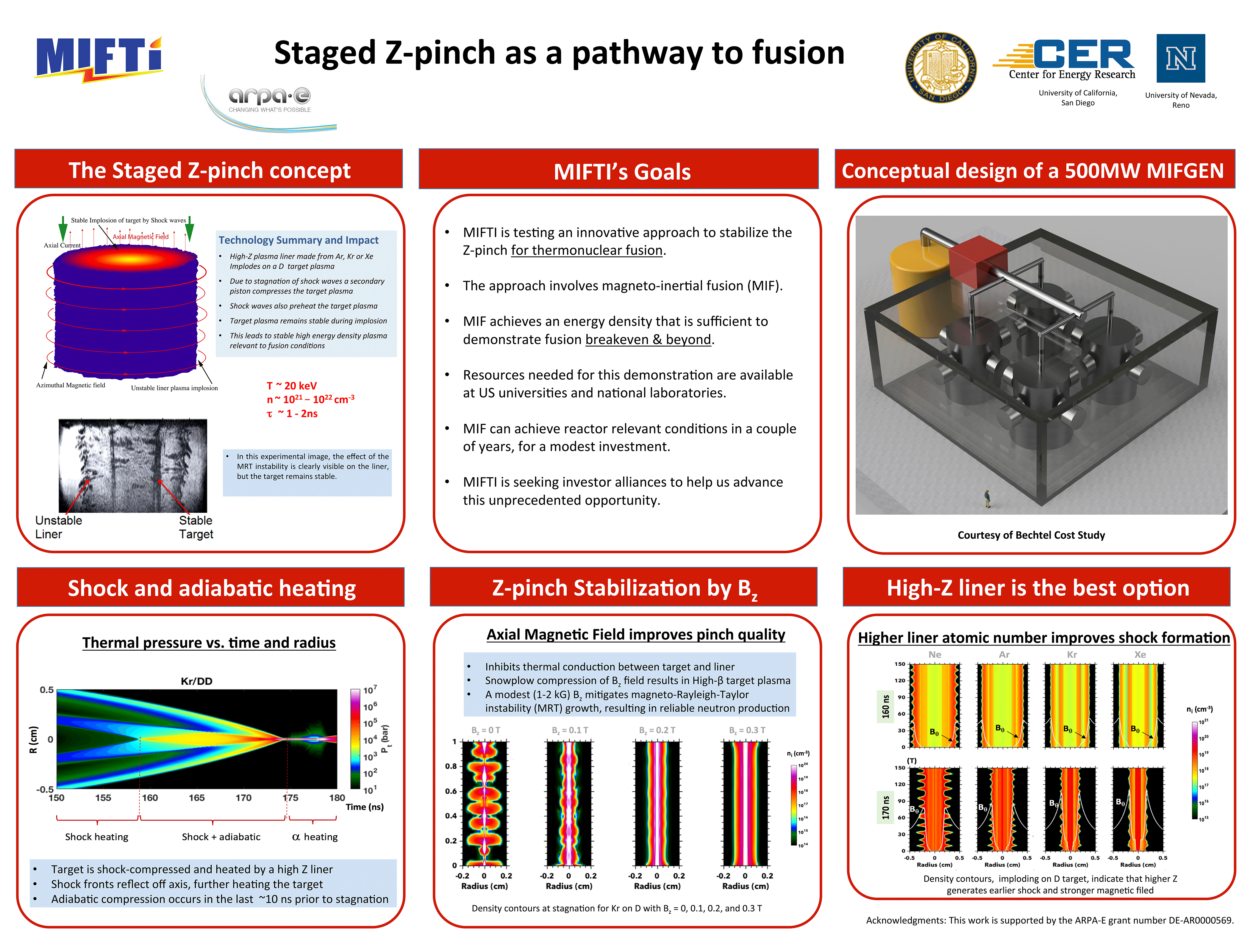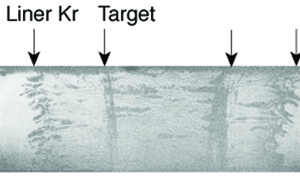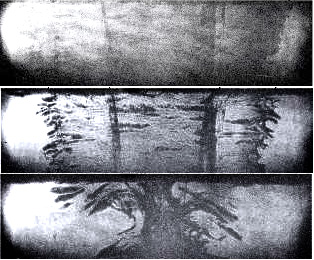



Staged Z-pinch is simply a multi-layered pinch, where cylindrical fusible target plasma is surrounded by concentric shell liner plasma made of high-Z radiative plasma. This cylindrical load of multi-layered plasma is compressed by a fast-rising current pulse produced by a standard pulse power facility – a technology that has been around for decades. Several experiments related to multi-layer Z-pinch were performed at UCI, England, and France, which demonstrated the very interesting feature of the formation of stable Z-pinch.

Staged Z-pinch is simply a multi-layered pinch, where cylindrical fusible target plasma is surrounded by concentric shell liner plasma made of high-Z radiative plasma. This cylindrical load of multi-layered plasma is compressed by a fast-rising current pulse produced by a standard pulse power facility – a technology that has been around for decades. Several experiments related to multi-layer Z-pinch were performed at UCI, England, and France, which demonstrated the very interesting feature of the formation of stable Z-pinch.

One of the most interesting features, observed in these experiments, is the formation of a stable shock front during implosion on the surface of the target plasma that compresses the target plasma to the very high temperature and density required for ignition. The key to this concept is that this inner structure remains stable throughout the implosion phase, even though the outer surface of the Z-pinch continuously becomes unstable. This is shown in Figure 2, where three images of imploding Z-pinch are taken by a technique called laser shadowgraphy. The formation of these stable shock fronts have been observed in many past experiments. However, their importance, in terms of heating and stable compression, were not realized until the detailed simulation was conducted using state of the art codes that include all the relevant physics necessary that this type of load requires. We acquired one such code, developed by the U.S. Air Force, called MACH2, that can handle such problems with fairly good accuracy.
Experiments, theory, and computations agree well on the key dynamical features of the Staged Z Pinch, which may be characterized as follows. As the liner implodes a shock front is formed that detaches from the slower-moving liner plasma. The shock collides with the outer surface of the low-mass, target plasma, accelerating it inward. The shock is partially transmitted and reflected at the interface. The shock speed in the target plasma is much larger than it is for the liner, thus, the shock transit time in the target is short and the plasma is rapidly heated. Adiabatic compression and current amplification follow, as the bulk of the liner mass converges to the axis.
Figure. 3 shows the time evolution of staged Z-pinch, using the streak imaging technique for the last 200 nanoseconds. The top panel shows the classical pinch is highly unstable, whereas the middle and bottom panels of staged Z-pinch show a remarkably stable implosion.Z-pinch where Krypton shell implodes on a deuterium target plasma.